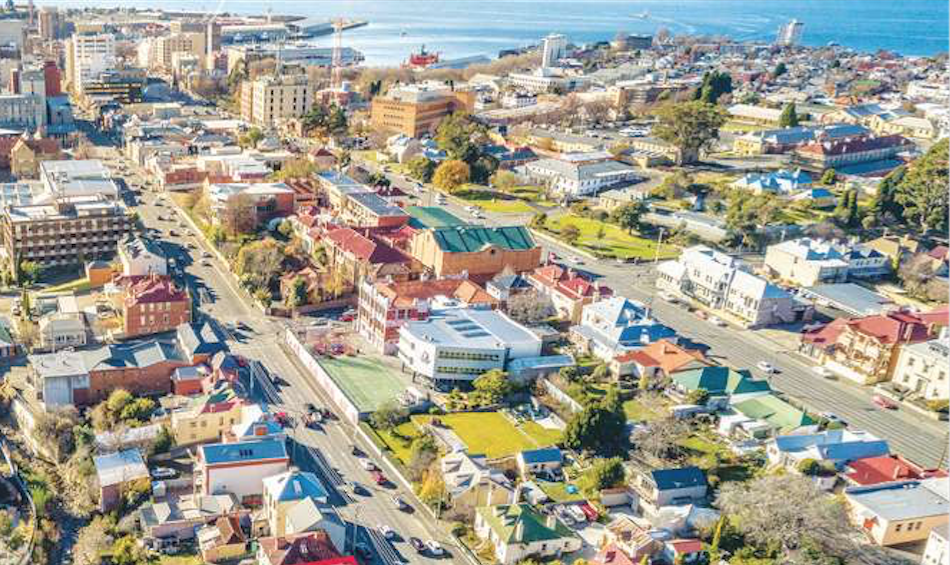Renters Pay More On East Coast
Sydney and Canberra lead the way for rental prices while Perth lags behind as investors look to the latest rental data.
Sydney was the most expensive place to rent a unit despite a 1.9 per cent decrease last quarter, with prices falling to $510 according to Domain's rental report for the December quarter.
Canberra followed in second place, growing 2.1 per cent to $480, Melbourne remained steady at $420 and Hobart grew 3.8 per cent to $410.
While units in Brisbane increase 1.3 per cent to $385, Darwin grew 2.6 per cent to $390, Adelaide increased 1.6 per cent to $315 and Perth remained steady at $310.
For houses, Canberra was the most expensive city, increasing 5.5 per cent for the last quarter to $580.
Rental prices for houses remained steady in Sydney and Melbourne at $525 and $430 respectively. Brisbane increased 1.2 per cent to $410 while Hobart was up 2.2 per cent to $460.
Adelaide house rentals increased 1.3 per cent over the quarter to $390 and Perth remained steady at $370.
Rental yields told a different story and were up across all Australian capital cities, with the exception of units in Hobart which went up in value by 50 per cent in the past three years.
In 2019, yields were up by an average of 3.6 per cent on houses and 3.4 per cent on for units but quarter-on-quarter basis results proved to be a mixed bag up with no change for houses and units were only only 0.2 per cent.

Domain economist Trent Wiltshire said even though Sydney was still expensive it was good news for renters in the area but not for long.
“New apartment construction has pushed rents down and contributed to the vacancy rate rising over the past 12 months. But rents are likely to start rising in 2020,” he said.
“Sydney remains the most expensive capital city to rent a typical unit but Canberra is catching up.”
Melbourne’s house rents were back to 2018 prices however unit prices jumped over the past three years.
“While unit rents remained flat over the quarter, prices have jumped 11 per cent over the past three years — a big leap considering the city's massive apartment construction boom occurred during this time,” Wiltshire said.
“The increase is likely a result of Melbourne’s strong population growth, which has created ongoing demand for rental properties.”
In Brisbane, the rental market looked to be slowly tightening with a rise across both houses and units.
“House and unit rents both increased by $5 in the December quarter, while the vacancy rate fell slightly over the past year,” Wiltshire added.
“This follows a fairly steady period Brisbane has experienced over the past few years.”
The property market in Perth looked to be at a turning point off the back of an improving Western Australian economy and a pick-up in population growth, with rents increasing and vacancy rates falling despite a steady last quarter.
Hobart's rental market was under significant pressure, creating difficult conditions for renters. Hobart's rental vacancy rate also remained extremely low at only 0.6 per cent, the lowest of all the capital cities.
Strong growth in rents in Canberra occurred despite an apartment construction boom and population growth.
Meanwhile rising rents and a low vacancy rate has meant Adelaide’s rental market remains competitive.
Rental vacancy rate also fell in Darwin last year, suggesting the market in that area could be close to a turning point. Rental yields also rose slightly over the past year as property prices fell by more than rents.














